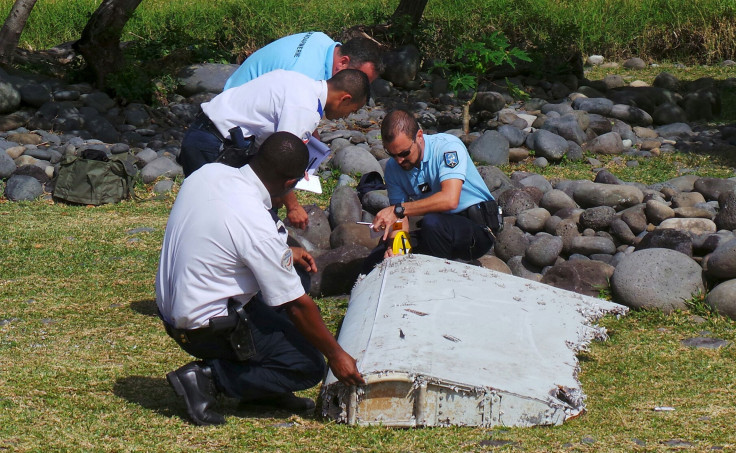Flight MH370 Update: Malaysian Airlines Plane Will Never Be Found Because Of Southern Indian Ocean Current, Expert Claims

It may be impossible to determine the location of Malaysian Airlines Flight MH370, which went missing more than a year ago, California-based engineer and pilot Bruce Robertson wrote on his website earlier this week. That might mean we might never know for certain what happened to the missing airliner, but Robertson and other aviation experts have put forward theories based on the limited evidence available.
“Very little hard evidence exists for the disappearance of MH370, with most of the best coming from the satellite ping data,” Robertson, who has over 40 years of flying experience, wrote, according to Free Malaysia Today Tuesday. “Very little hard evidence means the search will be very difficult.”
Robertson claims there was some sort of trouble on the plane – likely a fire that destroyed some of the equipment – forcing the pilots to attempt to reroute for an emergency landing. The pilots, Captain Zaharie Ahmad Shah and co-pilot Fariq Abdul Hamid, turned west and began their descent. The fire, or their efforts to put it out, likely led to a malfunction in the left engine, which shut off their communication systems and much of the electricity.
The flight deck air supply, according to Robertson, comes from the left engine. Without air circulation, passengers on board would have died from hypoxia -- a lack of oxygen to the tissues. Automatic pilot then took over and held the plane in the air for several hours. Due to imbalance caused by damage to the aircraft, the plane would have flown at a left-radius turn, the path first proposed in March 2014. The plane then would have made a "crude belly flop" in the ocean -- much of it still intact.
“What debris does escape may someday be found on a Madagascar or African beach,” said Robertson. “Otherwise, the debris will forever circle counterclockwise in the Southern Indian Ocean current.”
Robertson has been cited by media outlets since the plane went missing, as he frequently speculated on what may have happened. While many have criticized his theories in the past, it is true that the search for MH370 has proven complicated. About 95 percent of the ocean floor remains unmapped, and technology is inadequate in analyzing deep into the ocean.
“Our knowledge of the detailed ocean floor is very, very sparse,” Erik van Sebille, an oceanographer at the University of New South Wales in Sydney, told TIME last year.
The former lead investigator of the search, retired Air Chief Marshal Sir Angus Houston, told CNN shortly after the plane went missing that it was likely the most difficult search in human history. Asked whether he thought the plane would ever be found in June, he said "the chances of finding it are still good, and we should be patient and persist with the search that's ongoing."
The Malaysia airliner went missing in March 2014, and despite a massive, multinational search for the whereabouts of the plane, no traces turned up until late July, when debris was found washed ashore on Reunion Island. While there have been reports of other debris, only part of a wing has been confirmed as originating from the plane.
Various theories have been proposed and numerous false sightings have been reported.
© Copyright IBTimes 2024. All rights reserved.






















